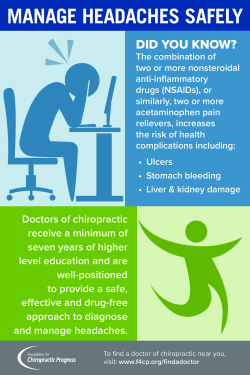How Is Cold Laser Therapy Employing Light To Redefine Healing, And What Pioneering Prospects Are Arising For Discomfort Management?
How Is Cold Laser Therapy Employing Light To Redefine Healing, And What Pioneering Prospects Are Arising For Discomfort Management?
Blog Article
Authored By-Ennis Munck
When considering different therapies, cold laser treatment stands out due to its one-of-a-kind strategy to recovery. By making use of specific wavelengths of light, it targets mobile functions and advertises healing in a non-invasive manner. This technique not only boosts ATP production yet additionally aids in lowering swelling and discomfort. As research remains to unfold, the effects for rehabilitation and pain administration could be considerable. What does this mean for future therapy choices?
The Mechanisms of Cold Laser Therapy
Cold laser treatment, likewise referred to as low-level laser treatment (LLLT), works by stimulating mobile function via the application of specific wavelengths of light.
When the laser light permeates your skin, it interacts with the mitochondria in your cells, boosting ATP production. This increase in ATP energizes your cells, advertising healing and regrowth.
The light also affects cell membranes, boosting their permeability and assisting in nutrient absorption while eliminating toxins. Additionally, cold laser therapy activates the release of endorphins and minimizes swelling, assisting your body respond better to injury.
You'll experience boosted blood flow as the therapy promotes capillary development, making sure that oxygen and nutrients reach damaged cells much more successfully.
Recognizing these mechanisms can assist you appreciate its possibility in promoting recovery.
Possible Benefits of Cold Laser Treatment
When considering options for discomfort alleviation and recovery, you may locate cold laser therapy to be an enticing option. This non-invasive technique can help reduce swelling, reduce discomfort, and promote tissue repair service.
infrared weight loss wrap report quicker healing times from injuries and surgical treatments after undertaking cold laser treatment. It's especially helpful for conditions like arthritis, tendonitis, and muscular tissue pressures.
You may also value that it has minimal adverse effects compared to pharmaceuticals. Additionally, cold laser treatment can boost circulation, which aids in providing nutrients and oxygen to harmed locations.
Current Study and Professional Applications
As interest in cold laser treatment grows, scientists are exploring its different applications and efficiency in clinical settings. You'll find studies exploring its duty hurting administration, injury healing, and lowering swelling.
In laser smoke therapy , experts make use of cold laser treatment to enhance healing in sporting activities injuries, while dentists are locating it helpful for dealing with dental pain and periodontal conditions. Recurring trials are analyzing its capacity in dealing with conditions like arthritis and neuropathy.
These studies aim to establish standardized procedures and does, ensuring safety and efficacy. As laser acupuncture to quit smoking emerges, you might see cold laser therapy becoming a staple in both rehab and pain administration, offering individuals a non-invasive choice that complements typical therapies.
Final thought
In conclusion, cold laser therapy supplies an encouraging strategy to healing by harnessing particular wavelengths of light to improve mobile features and advertise healing. With benefits like improved blood circulation, lowered inflammation, and pain alleviation, it's ending up being a valuable choice for various problems. As research remains to develop standardized procedures, you can look forward to higher approval of this non-invasive therapy in rehabilitation methods and discomfort administration techniques, making it a potential game-changer for many patients.
